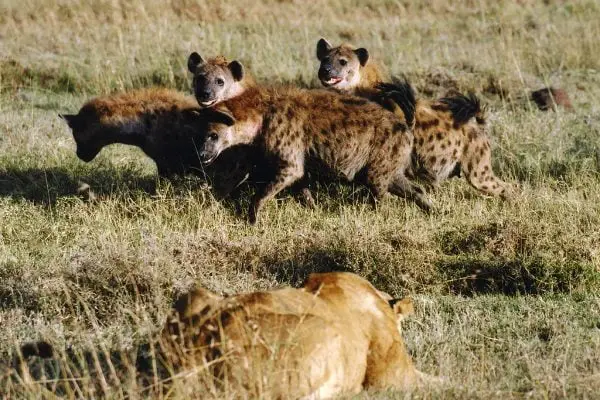Moles, those industrious creatures with velvety fur and powerful forelimbs, spend most of their lives hidden beneath the surface. But beyond their subterranean world lies a fascinating language tapestry where their collective behavior is captured through unique terms. Delving into these terms not only enriches our vocabulary but also sheds light on these remarkable creatures.
Collective Nouns for Moles
While “mole” remains the singular term, describing a group requires a nuanced approach. The English language offers a diverse set of collective nouns, each reflecting the specific context and behavior of these underground dwellers:
- Labor: This term paints a picture of a cooperative group of moles working together towards a common goal. It evokes an image of industriousness and collective effort, often associated with the extensive tunnel networks they create.
Here are some examples showcasing the use of “labor”:
A dedicated labor of moles tirelessly burrowed through the soil, expanding their intricate tunnels.
The gardener observed the labor of moles leaving raised mounds of earth in its wake.
Despite their solitary nature, moles come together as a labor to achieve ambitious underground projects.
Colony: This term describes a group of moles residing in a shared nesting area. It emphasizes the communal aspect of moles sharing space, resources, and potentially, offspring care.
Here are some examples using “colony”:
Deep within the forest, a thriving colony of moles had established a complex network of tunnels and chambers.
The discovery of a large colony of moles beneath the garden shed raised concerns about potential damage to the foundation.
Researchers studied the social dynamics within a colony of moles, focusing on communication and resource sharing.
Gang: This term carries a slightly different connotation, depicting a loosely organized group of moles roaming together, possibly for exploration or foraging. It suggests a temporary, less structured association compared to a “colony.”
Here are some examples using “gang”:
A playful gang of moles emerged from the ground, their playful antics leaving a trail of disturbed earth.
The farmer cautiously watched as a gang of moles wandered across the field, hoping they wouldn’t damage his crops.
The gang of moles followed their keen sense of smell, searching for a new source of food.
Movement: This term signifies a larger group of moles traveling together, often migrating to new territories or foraging grounds. It emphasizes the dynamic aspect of group movement and their potential impact on the environment.
Here are some examples using “movement”:
- The seasonal movement of moles often coincided with changes in soil temperature and moisture levels.
- Scientists monitored the movement of moles through radio telemetry, gaining insights into their migration patterns.
- The sudden appearance of a large movement of moles in the park surprised the local community.
Captivating World of Moles
While understanding collective nouns enriches our vocabulary, exploring the fascinating aspects of mole behavior provides a deeper appreciation for these subterranean creatures:
- Masters of the Burrow: Moles are exceptionally skilled diggers, boasting powerful forelimbs and specialized claws, allowing them to dig tunnels at impressive speeds. They can excavate up to 18 feet of tunnels in a single day!
- Sensory Prowess: Despite their lack of sight, moles compensate with an exceptionally developed sense of smell and hearing. This allows them to navigate their dark environment, locate food sources underground, and detect potential predators.
- Solitary by Nature: Unlike some social animals, moles are generally solitary creatures. They typically only interact with other moles during the breeding season, and even then, their interactions are brief.
- Diet of Delicious Decomposers: Though often considered garden pests, moles primarily feed on earthworms, grubs, and other invertebrates found in the soil. They play an important role in aerating the soil and contributing to its health.
Final Thoughts
Moles, with their diverse collective nouns and captivating characteristics, offer a glimpse into the hidden complexities of the natural world. Understanding their role in the ecosystem and appreciating their unique adaptations fosters a sense of respect for all creatures, both above and below the ground. So, the next time you encounter the telltale signs of a mole’s activity, remember the fascinating world hidden beneath the surface and the language that captures their industrious spirit and unique social dynamics.
Also Read:





